Pottasium Cyainide
$500.00 Original price was: $500.00.$300.00Current price is: $300.00.
Potassium cyanide is defined as a highly toxic compound used in various chemical reactions, such as the benzoin condensation, and is lethal upon ingestion or inhalation of hydrocyanic acid released upon hydrolysis. It requires careful handling in a fume cupboard with appropriate protective measures.
Potassium cyanide is defined as a highly toxic compound used in various chemical reactions, such as the benzoin condensation, and is lethal upon ingestion or inhalation of hydrocyanic acid released upon hydrolysis. It requires careful handling in a fume cupboard with appropriate protective measures.
Cyanide
Chemical Abstracts Service Registry Numbers: CAS 57-12-5 (CN); CAS 74-90-8 (Hydrogen cyanide); CAS 143-33-9 (Sodium cyanide); CAS 151-50-8 (Potassium cyanide)
Synonyms: Carbon nitride ion; Cyanide anion; Cyanide ion; Cyanure (French); Hydrocyanic acid; Isocyanide; Hydrocyanic acid sodium salt; Hydrocyanic acid potassium salt
Chemical/Pharmaceutical/Other Class: Cyanide is any one of a group of compounds containing the monovalent combining group CN. Inorganic cyanides are regarded as salts of hydrocyanic acid (hydrogen cyanide). Organic cyanides are usually called nitrites
Chemical Formulas: HCN (hydrogen cyanide); NaCN (sodium cyanide); KCN (potassium cyanide); CH3CN (acetonitrile)
Cyanide compounds are widely used in industry. Sodium cyanide and potassium cyanide are used extensively in the extraction of gold and silver from low-grade ores. The cyanide ion can form a wide range of complex ions with metals. These complex metal cyanide ions are extensively used in electroplating. Cyanide compounds are also used in case-hardening of iron and steel, metal polishing, photography, and the fumigation of ships and warehouses. Organic cyanide compounds are used in synthetic rubber, plastics, and synthetic fibers; they are also used in chemical synthesis. Cyanides are used in rodenticide and fertilizer production.
In addition, cyanides can be found in the seeds of the apple, peach, plum, apricot, cherry, and almond in the form of amygdatin, a cyanogenic glycoside. Amygdatin (Laetrile) has been used as an antineoplastic drug, but such beneficial effects have not been scientifically proven.
Be the first to review “Pottasium Cyainide” Cancel reply
Related products
Pharmaceuticals & Researched Chemics
Pure Cryztal Methamphetammine
Pharmaceuticals & Researched Chemics
Amphetaminee Sulfhate Tablets 10mg
Pharmaceuticals & Researched Chemics
Ketalar (Ketamine HCL)
Pharmaceuticals & Researched Chemics
GHB and GBL 100ml
Pharmaceuticals & Researched Chemics
Xannax Alpraxolam 2mg
Pharmaceuticals & Researched Chemics
Nambutal (Pentobarbiital) Sodiuum 250ml
Pharmaceuticals & Researched Chemics
Mephe-drone (4mmc)
Pharmaceuticals & Researched Chemics

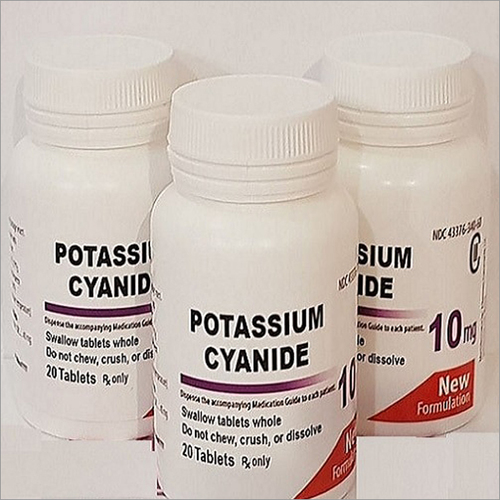


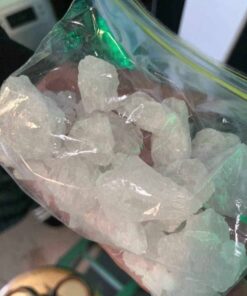
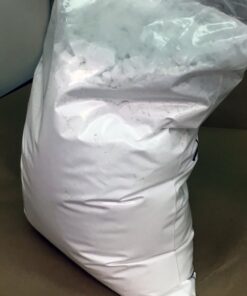

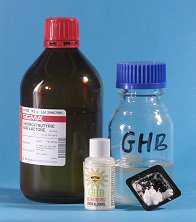

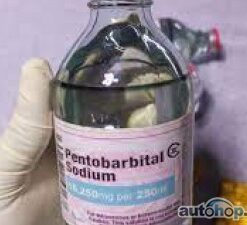
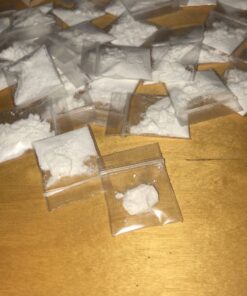
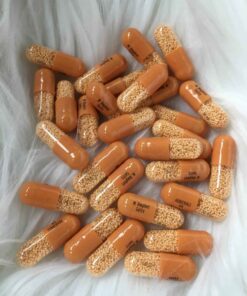
Reviews
There are no reviews yet.